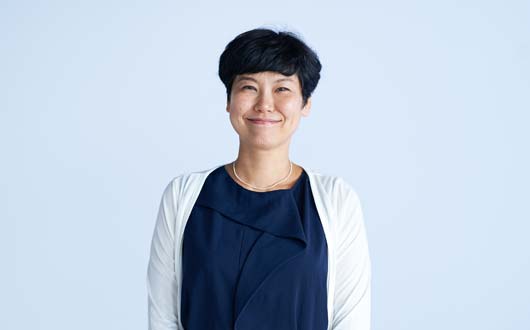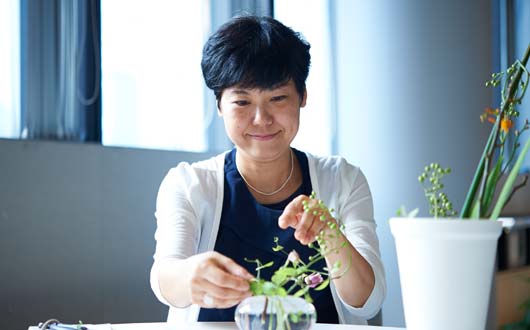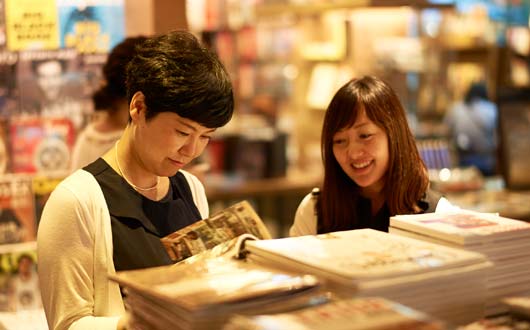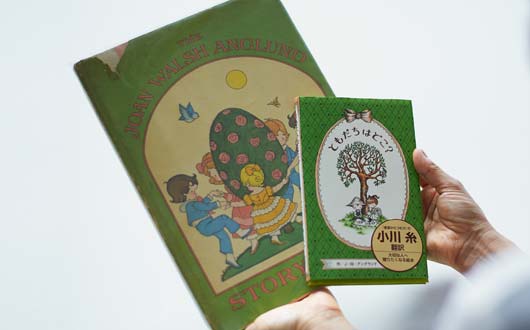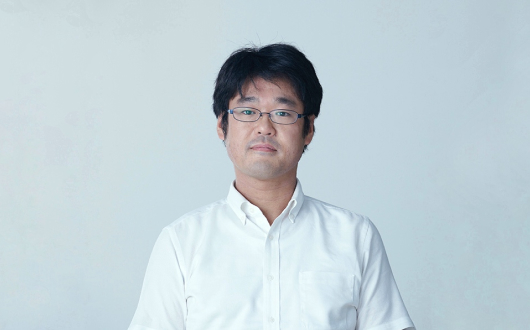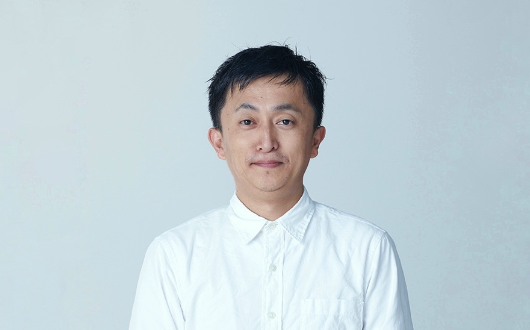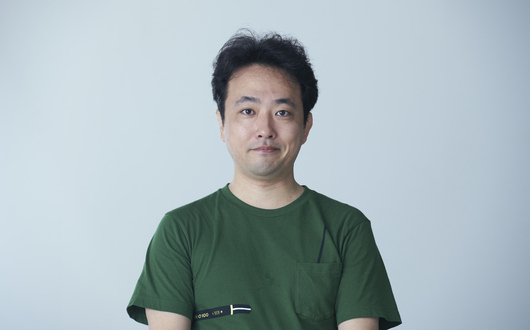Operating a Library that Supports the Creators Operating a Library that Supports the Creators Operating a Library that Supports the Creators

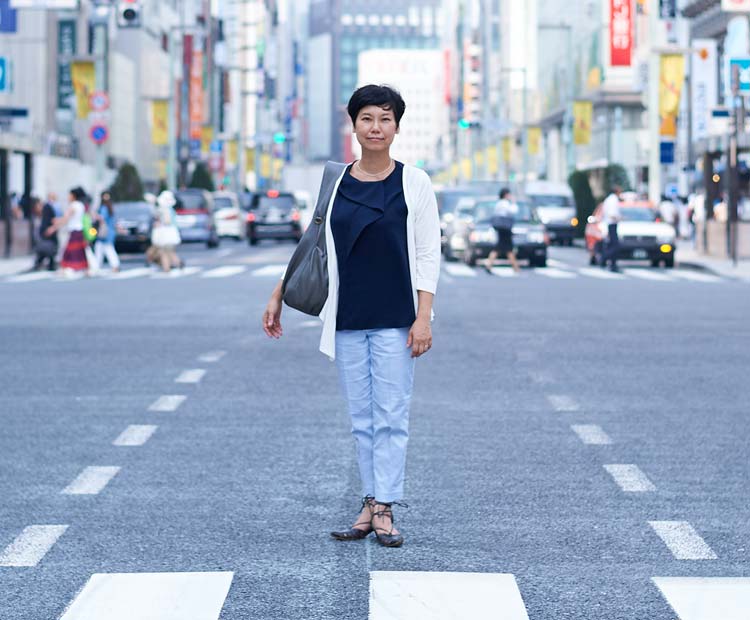
Old and valuable books are being used as materials for current designs.
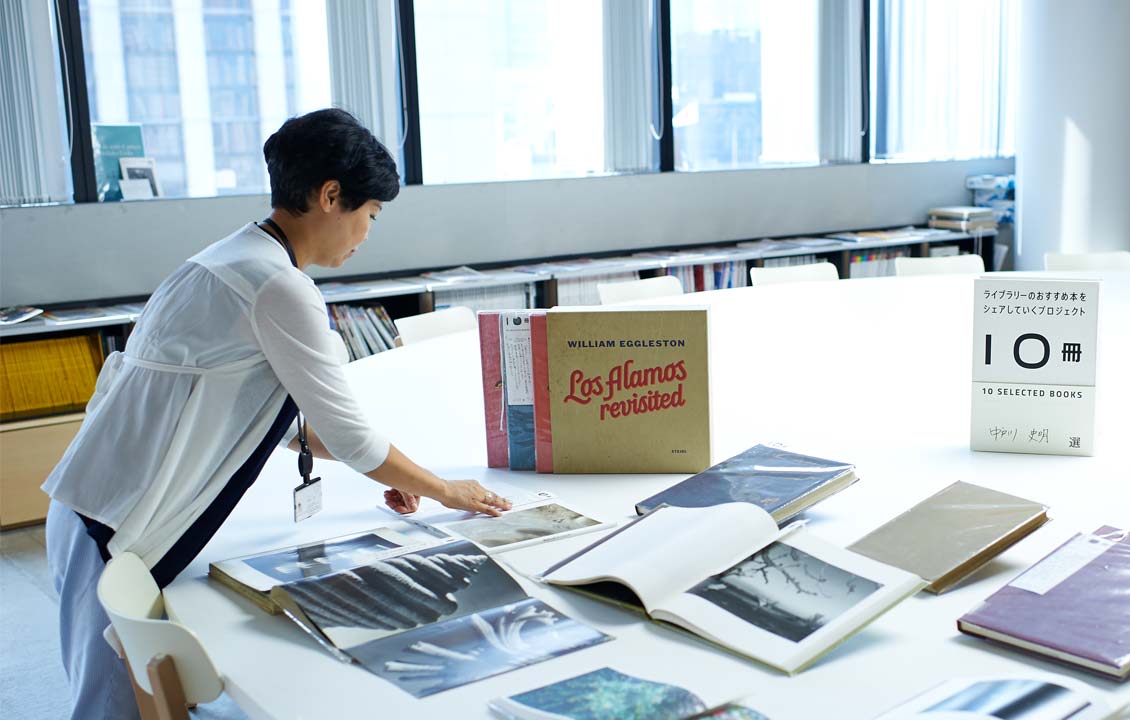
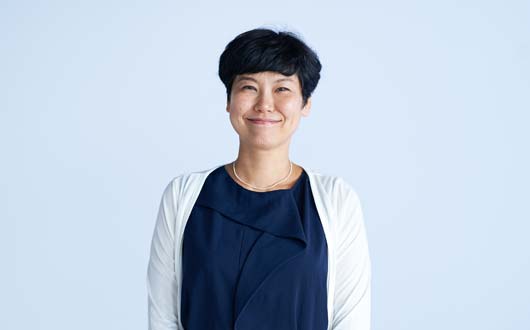
Sekimoto Kaori
Public Relations Department,Administration Division
Born in Tokyo, she worked in a book shop after graduating from university and then joined Nippon Design Center as a producer in 1996. In 2007, she transferred to the Library and in 2012 she began working in the Public Relations Department. Her interests include flowers, and at times the library is decorated with her flower arrangements.
Hello, I am Sekimoto Kaori. Nippon Design Center includes a library that has been collecting books from Japan and overseas to serve as design reference since the company was founded in 1960. At the time when the company started, the exchange rate was 360 yen to the dollar, and books from overseas must have been expensive. Nonetheless, they spared no expense in their collection, and many old and valuable books are now in active use as reference for designs.
I initially joined Nippon Design Center as a producer. Then after taking childbirth and child-raising leave, I transferred to my current division, and am responsible for operating the library which maintains a collection of sources for creator ideas. At first, as a user and former book store employee, I thought I would change the way the library operated to make it more convenient. However the library had been managed from the beginning by qualified librarians. Without knowing anything about classification methods or anything else about library science, there was no way I could change the operations right away. I decided that I needed to acquire the necessary qualification as quickly as possible. However as a mother of twins at home, I could not put myself ahead of everything. After waiting for the children to enter elementary school, I enrolled in a library science course through a university online education department.
Because I was qualified as a museum curator, I was exempted from one course and required 22 units from 11 courses in order to graduate. Because the maximum permitted enrollment period was 2 years, I aimed to submit the report and pass the test for one course every 2 months. I began a schedule of waking up at 4:00 every morning and studying until 6:00, and submitting handwritten reports of approximately 2,000 characters. Online studying can be a lonely battle. You have no friends to discuss it with, and you cannot easily ask questions to the teacher. It was hard when I had to resubmit several reports. At times, I went and talked with the librarians at the Kyobashi Library and Chiyoda Library. Now that I have the qualification, I am focused on arranging the shelves for making new discoveries. For example, if we had a collection of Nick Knight photographs on the theme of flowers, I would put it on the natural sciences shelf. This might seem strange to some persons, but I expect that by doing this, a designer who came to research the natural sciences might pick up this photograph collection and gain new inspiration from it.
The way I select books is not just from the books and lists that are sent to us from book wholesalers. In order to examine them with my own eyes, once a month I go to book stores and secondhand book stores that have a strong relationship with design, or to Tsutaya Books in Daikanyama. At Tsutaya Books, I talk for 20 minutes with each of the concierges who is knowledgeable about fields such as design, cooking, and cars before selecting the books. Then I check with President Hara and the creators before deciding which books we will add to the collection. When I buy a book because I think a particular designer will like it, and then see that designer actually pick up the book, it makes me so happy that I want to call out to him or her. There are also books which nobody ever picks up, but I do not let that bother me. The books are an asset to the company, and even if nobody looks at them now they may become an important design resource several years later.
I have loved books ever since I was little. When I was an elementary school student, even though I could not read English, I fell in love with the overseas picture book Story Book by J.W. Anglund, and asked my parents to buy it for me. That picture book is still one of my prized possessions. Recently something happened that really surprised me. A picture book that my daughter asked me to buy at a book store turned out to be by the same author! Just imagine it – a connection between my daughter and that picture book! In fact, there are surprising connections all around us even in our everyday work. I communicate with a broad range of libraries and book stores both in Tokyo and beyond, and am working so that I can find help quickly when there is a problem. As a result of these activities, Nippon Design Center ended up hosting a talk event by the world-famous book designer Irma Boom. It was our first such event, and there were a lot of points that we needed to improve, however I gained some measure of confidence when I saw how the students, professional designers, and other participants of many different ages were enjoying themselves. I hope that we can continue to hold book-related events, and to share information with creators from inside and outside the company.
